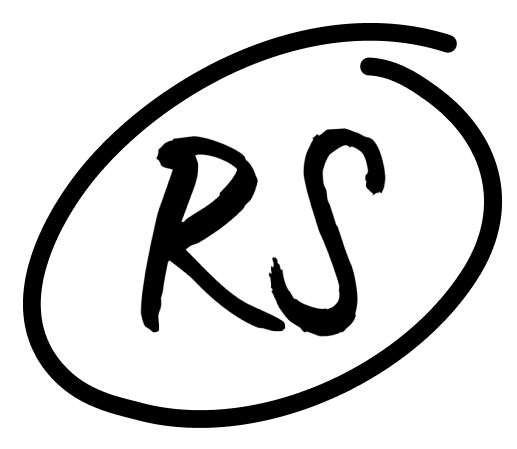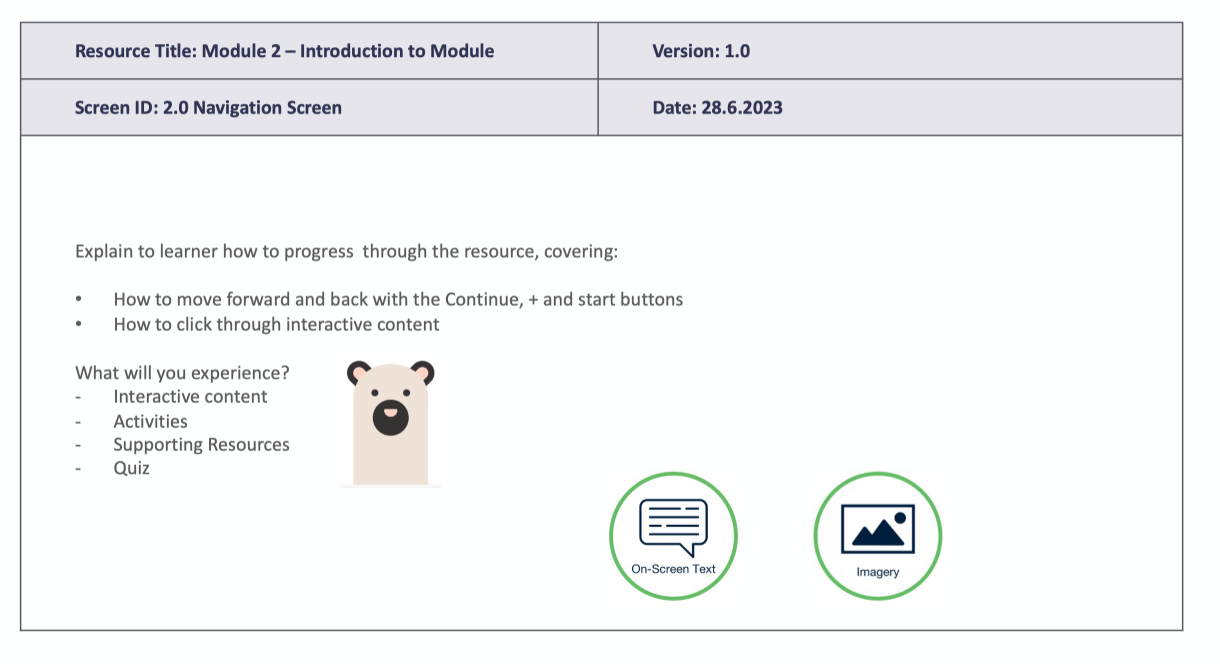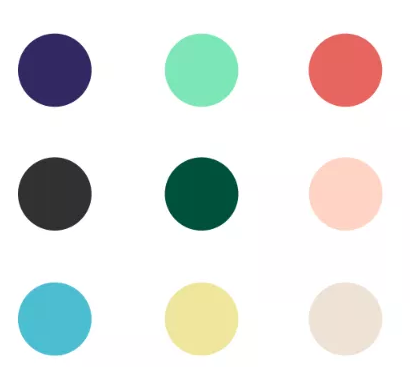How can you inspire holistic learning practices for teachers at scale?
Interactive E-learning course for teachers
This interactive 7 modules eLearning course called "Learning Everywhere, All the Time" is designed to help the people working in the yearly year settings to better understand the holistic approach and being able to implement it in practice. Each module explores an individual daily routine in a detail and with a visual support on on how to make routines as part of the learning moments.
Audience: People working with the children
Responsibilities: Instructional Design, eLearning Development, Visual Design, Storyboard, and Mockups
Tools Used: Articulate Rise 360, Padlet, Adobe Premiere Pro 2023, Adobe Acrobat
Problem and Solution
The customer is education start-up based in Helsinki. Company's mission is to offer high-quality early education around the world by selling the concept of Finnish early childhood education. Finnish education highlights the holistic learning approach meaning that learning is happening everywhere during the day. Learning is not narrowed only for the teacher-lead activities but can happen e.g., when having a lunch or washing hands.
The problem the client faces is that the teachers around the world to do not know what the Finnish education looks like in practice. Teachers are having hard time to understand the holistic learning as they have experienced only the subject based learning by themselves. When the teachers do not receive effective onboarding and training, they are more likely not to implement the holistic, Finnish based learning in their practices.
Based on these observations and knowledge from the field, I decided to create this 8 weeks long practical online course to support the early year staff members with the practical aspect of the work. This course focuses to daily routines such as how to arrange a group time, how to manage the group during transitions and how the everyday moments such as eating, sleeping and outdoor time can be turned into a pedagogical moments.
Process
During the analysis phase, I visited six different schools and spent time mentoring and observing the teachers at the early year centres. I visited 17 child groups and in each child group, I filled a document to follow up the holistic practices in the groups.
In addition to this, I observed the data analytics of the LMS that teachers were using to implement the curriculum and activity guidances. Turned out that many teachers were relatively short periods of time to spend online with their devices and the timings during the day changed massively due to time differences.
Based on my observations, I created an action plan to support the teachers with the practical implementation of the holistic learning approach. The next phase involved designing and developing the interactive eLearning experience. I started by considering the who, why, what and how of learning in a deeper way at the part 1.
The Why of learning focused for the business problem, learning gap and the wished learning outcomes. I used Bloom’s taxonomy as a support tool when identifying the effective learning outcomes for the course. To fill the learning gap, the teachers will have to change their thinking from Lower Order thinking Skills (LOTS) to Higher Order thinking Skills (HOTS). Teachers will start from remembering and understanding the concept of holistic learning. After this they will practice applying and analysing the teaching elements and learning throughout the day. Finally they practice creating their own activities and pedagogical tools to manage various different situations during the day and evaluate how well the tools used worked. The ultimate goal is to get the teachers from the LEVEL 1 - knowledge to Level 3 - Expertise.
Finally I analysed the chosen learning outcomes by using SMART.
S = Specific
M= Measurable
A= Achievable
R= Relevant
T= Timely
The Who of learning I build up the learning personas based on my own experiences from the field.
Based on these learning personas I made following analysis:
Learning Style: Learners appreciates very practical and simple information that can be easily implemented in their work. They don't have much time outside the classrooms so the modules have to be simple and fast to go through.
Technical Proficiency: Many teachers don't have digital skills and they may find online course intimidating. It is important that the course structure is simple and easy to navigate.
Accessibility to Technology: Many groups are sharing the computer which means that one teacher has about 2 hours per week to use the computer. Most of the teachers would have to do this course in their own time. Because of the lack of resources, the course should be able to access through phone, tablet and computer.
The What of learning started from the big picture by recognising the learning gap, business problem, objectives and goals as following the top- down approach. The high level structure has been created for the instructional content and activities. The course’s modular framework started to form as it is.
The How of learning section started to outline the flow of the course underpinning the learning objectives in each module, delivery mode, formats used in the course (core and spoke model) and digital tools that are needed to create the course.
At the delivery model I decided to choose asynchronous learning as the participants are spread between different time zones. Asynchronous learning is also seen as more learner-centered approach due to its flexible nature. The modular way of presenting the content allows the teachers to chop the content into small bits. The teachers are always busy working in the groups and can't leave the rooms regarding the ratio challenges.
Part 2 of the project involved creating a scope, wireframe, screen plan and storyboard.
When building up the visual look for the course, I use the brand look from the company. I aim to use these colours when building up the online course content' s visual look. Most of the videos and photos will be from our company's material bank.
Course Prototype








